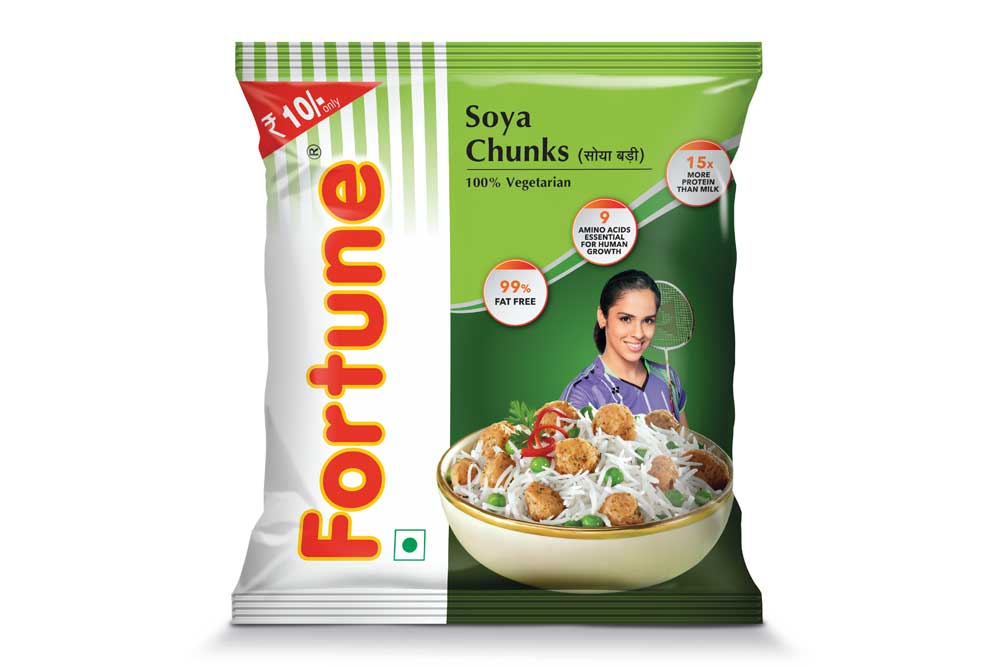July 8, 2022
There are several different types of Flexible Packaging Films available for packaging products. Some of these are Low-density polyethylene, Stretch film, etc. Read on to learn about the different types available and their advantages and disadvantages. Listed below are some of the different types of Flexible Packaging Films. Choosing the right type depends on your products and their packaging needs.
Stretch Film for Packaging
Stretch film is a common form of flexible packaging. It holds objects or products together on pallets for transportation. There are several types of stretch film, including UV and anti-static films. Before you buy stretch film, make sure you understand its intended uses.
A clear, elastomeric material, the stretch film stretches around boxes and pallets to keep products secure during transport. It is economical and offers impressive protection. Machine stretch film is more effective than hand-applied film because it offers several benefits over hand application. Aside from safety, machine-applied stretch film is more secure. This means fewer workers have to unroll the stretch film which saves time. Stretch wrap also reduces material costs, making it a cost-effective and convenient packaging solution.
Stretch film is commonly used to package goods. It is often used to wrap goods on a pallet or to unitize small items into large unit loads. Stretch films can be extremely flexible, enabling them to wrap large numbers of pallets per roll. Furthermore, they provide unequalled load-holding force. For manufacturers, stretch film is cost-effective for shipping goods, allowing them to minimize shipping costs and maximize their return on investment.
Another advantage of stretch film is its ease of removal. This method is more efficient and less labour-intensive than manual wrapping and reduces the risk of tampering and unauthorized entry. Stretch film rolls are largely recyclable. In addition, they make removing loads from pallets easier and reduce the risks of injury to labours. Fortunately, automated stretch film wrapping machines help operations increase productivity while reducing labour costs. There are different types of stretch film with different sealing. Each has its advantages and disadvantages. And, it’s worth checking out if you need film for your flexible packaging needs.
Low-Density Polyethylene for Packaging
LDPE stands for low-density polyethylene and is the most common type of plastic film used in packaging. It is soft, pliable and has a higher impact strength than most other types of plastic film. This material can also be used for stretch film and garment packaging. Its primary properties are its low cost per use and softness.
Low-density polyethylene films may be mixed with other resins to increase toughness, strength, and optics. LDPE is a variant of polyethylene. It is known for its excellent clarity, chemical resistance, and moisture barrier. Many companies choose this film for packaging because it is easy to process. LDPE packaging films are often heat-sealed, making them ideal for the Food and Beverage industry.
Polyethylene is a chain-like substance made of molecules that are connected by side branching. Polyethylene has long straight chains that are branched to various degrees. The more chains a film has, the denser it will be. The more chains are present, the greater their density and crystalline structure. Another factor that contributes to the density and crystalline nature of the film is the film’s molecular weight. Low-density polyethylene is the least dense of the three types.
Production of Flexible Packaging Films
The production of flexible packaging films is highly recyclable. The material can be recycled into new flexible films and composite lumber. Moreover, PE can be recycled into moulded plastic products. Various types of PE are available in the supply stream. Some of them are mixed and other types of plastic film are used in individual packages. ISO 472:2013 lists several types of PE. The PE grades in each batch differ in their compatibility with other polyolefins.
Applications of Flexible Films
Different applications require different types of film. It is an excellent choice for packaging products that require an easy tear notch. Medium-density polyethylene is less dense than HD polyethylene and is also available in clear and crystallized forms. You can see through the threads and crystallinity of the film.
The use of flexible films is increasing in the pharmaceutical industry. This kind of plastic film is commonly referred to as plastic laminate. It can be wrapped around different products. The material is highly resistant to air bubbles. Flexible films are widely used in packaging and shipping products. Listed below are some of the applications for these films.
The polymers used in flexible packaging are mostly polyethylene and polypropylene. Polyethylene is the most widely used and cheapest material for packaging films and is easy to process. In addition, it is usually combined with a gas/aroma barrier. The most common grade of polyethylene is linear low-density polyethylene. This is a high-clarity film used in blow moulding bottles. In addition to LDPE, the film can be used for packaging snacks and frozen foods. High-density polyethylene is more rigid and has better bursting strength and impact resistance.
One emerging trend in flexible packaging films is the development of sustainable options that cater to the increasing environmental awareness among consumers and manufacturers. These sustainable films include biodegradable and compostable materials, which decompose more readily than traditional plastics, reducing their environmental impact. Innovations in this area also focus on enhancing the barrier properties of the films without compromising their recyclability, ensuring that they protect the packaged goods while contributing to a circular economy. The push for sustainable flexible packaging solutions is driving significant research and development efforts in the industry, paving the way for a greener future.
The Bottom Line
Multi-material flexible packaging film has many layers, and its composition varies widely. No single material can be fully recovered, as different resins are used across the different layers. Consequently, there is no public recycling program for multi-material flexible packaging films. However, 40 billion packages are produced annually in the U.S. and are estimated to be incinerated or recycled. These film materials are highly resistant to heat, sunlight, and solvents, which are major challenges for resale and recycling.
The flexible packaging film is usually made of PE. The material is made of high-density PE (HDPE), low-density PE (LDPE), or a combination of both. A coating of ethylene vinyl alcohol (EVOH) is used to add barrier properties to the films. Flexible packaging films are primarily used for liquid or solid products.



